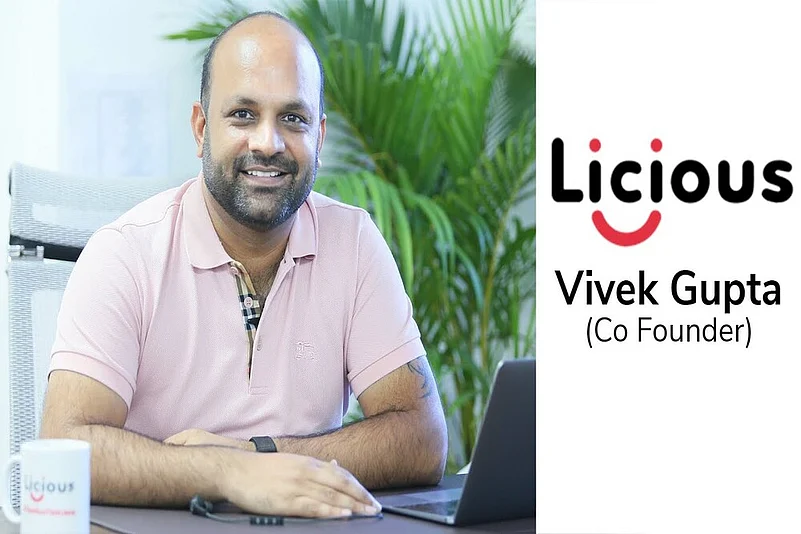Licious, India’s first D2C unicorn, seems anything but stoppable. After disrupting India’s animal protein and seafood space in a never seen style, the six-year-old startup, is ready with its plan of action. “We plan to launch something in alternative protein such as plant protein. It is an interesting area that is growing globally but hasn’t penetrated India much,” says Vivek Gupta, Co-Founder & CEO, Licious. But isn’t it going against the grain of the company? “Not really,” Gupta continues confidently.
“Vegetarians will not consume plant protein because they have enough food choices in India. They will never appreciate the taste of meat (even if it's plant protein). Non-vegetarians, who don’t want to consume animal protein due to health issues or during festivals, are our target customers,” Gupta says.
That’s not all. In another two months, the founder duo of Gupta and Abhay Hanjura, have plans to open state-of-the-art experiential meat stores in Bangalore and NCR to provide a never-before experience to customers. “They will be a meat-lover’s paradise. That much we can guarantee,” Gupta says.
But what looks like an aspirational and easy achievement for team Licious, is actually, years of research and hard work. “On one side, we had to work with the animal rearing sector, own a processing plant, and establish a cold supply chain, while on the other, the requirement of time and money, worried us. For the first 2.5 years, we stayed in just one part of Bangalore. We wanted to remain small and create a consumer proposition in a way that once they try us, they don’t leave us,” says Gupta.
And that’s what happened. In the second month of launching in 2015, 90 per cent of its customers made repeat orders and just kept coming back. Even today, 90 per cent of the company’s monthly business comes from repeat customers.
The company thrives on quality and sticks by it. “Our simple benchmark was: can we feed our children what we are selling?” says Gupta. One of the key pillars of Licious’ success has been its supply and cold chain. The company had to own its supply chain because nothing existed before that. The founders also spent a lot of time touring Japan and Korea to understand how the meat moves so that it remains fresh.
“Our next halt was at the chicken suppliers. We went with a 140-point checklist about various quality parameters and asked them to grow chicken per that. We gave them a pre-order of a ton of chicken for a month’s supply. That one ton a month demand has now risen to 30 tons of chicken a day,” says Gupta with a glint in his eyes.
Over the years, Licious has thrived on innovation. Apart from offering 26 different cuts of chicken and several cuts for mutton, it launched the world’s first meat-based spread with actual chunks of meat. Understandably, it was a super hit. In fact, its ready-to-cook seekh kebab range took 1.5 years to come to its final shape. Really? “That’s because while the specimen tasted fine when it was cooked in the Licious kitchen when I cooked it at home, it tasted weird. So, we had to make it suitable for ‘idiot-free cooking’,” says Gupta.
But people often find Licious products a bit highly-priced… “When the conversation is taken away from the mandi price to quality, people perceive it as premium. If a farmer is under constant pressure to meet a certain price for his product to be sold, neither will he make money nor will consumers get the desired quality. We, consciously, have stayed away from that price war and only concentrated on the principle that we started with – quality,” says Vivek.
Licious is delicious. We say?
















